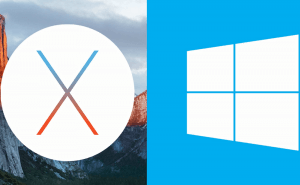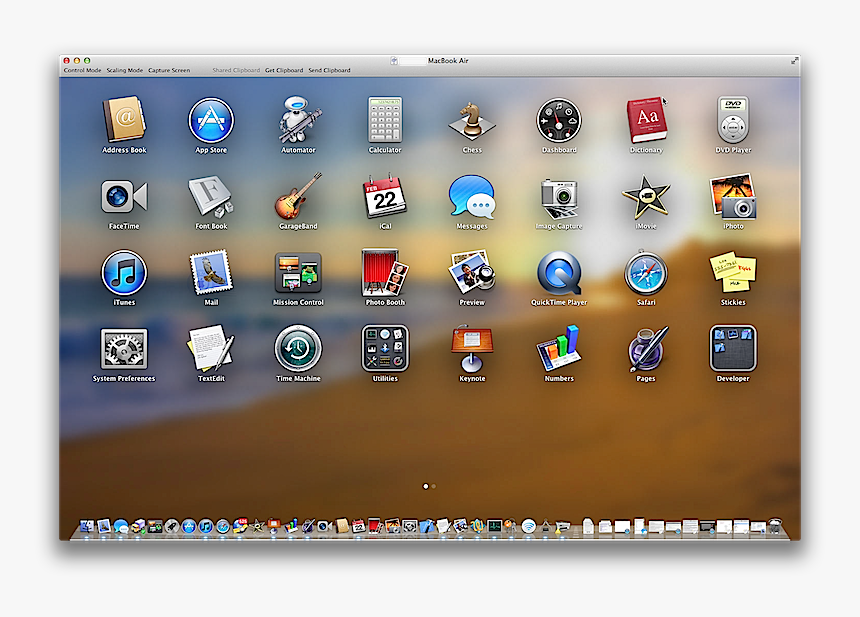- BibliographyOS X Mountain Lion Tips and TricksApple Pro Training SeriesiLife Tips, Tricks & FixesThe GarageBand BookMake Music with Your IPadThe Power in Logic ProMac OS X Leopard: The Missing ManualMacworldMixing AudioGoing Pro with Logic Pro 9KeyboardMixing Secrets for the Small StudioIPad and IPhone Kung FuGarageBand Tips.
- Dec 25, 2019 The Garage Band is one of the most sophisticated software that is backed up with a lot of features, to help you in creating the best out of every project that you are creating. The biggest freedom to any artist is that the ability of them to drastically improve and scale their projects on a credible scale.
You can create sampler instruments in GarageBand by dragging sample files to the keys of the Musical Typing keyboard but it's a laborious process. Logic Pro's EXS24 Sample Instrument Editor has a load more features that make creating sampler instruments quick and easy, and allows for the editing of an wide range of parameters, none of which is possible in GarageBand.
With a little bit of tweakery, it is possible to use the sampler instruments created in Logic Pro in GarageBand '11, if you wish to extend the palette of instruments but carry on using GarageBand's more straightforward sequencing environment. Here's how:
Mountain Lion Desktop Support. Hi, I have installed garageband, latest version. It reports that it cannot download due to internet connection issues, of which.

Step 1
First create a sampler instrument in Logic Pro's EXS24 Sample Instrument Editor.
Create the sampler instrument in EXS24's Sample Instrument Editor.

Step 2
In the EXS24 Instrument Editor go to the Instrument Menu and choose 'Export Sampler Instrument and Sample Files'. You can name the instrument at this point if you haven't already done so. You can save the resultant files to any location for now.
Choose 'Export Sampler Instrument and Sample Files'.
Add the Instrument file to the following location:
Macintosh HD > Library > Application Support > GarageBand > Instrument Library > Sampler > Sampler Instruments
Add the folder of instrument samples to the following location:
Macintosh HD > Library > Application Support > GarageBand > Instrument Library > Sampler > Sampler Files
Step 3

Next we need to get GarageBand to recognize these files. You can see how GarageBand categorizes instruments if you double-click a software instrument track or click the 'i' button at the bottom right of the GarageBand window to open the Instrument Browser, then click the '˜Edit' tab.

At the top is the '˜Sound Generator' for the current instrument.
In the upper of the two Sound Generator pop-up menus make a careful note of the name of an appropriate instrument type, for example - '˜Strings'
Click on the lower of the two pop-up menus and you will see the instruments that are in this category but you won't see your instrumented listed (yet!)
The pop-up menus display the instruments that are in this category.

Step 4
In the Finder, browse to the following location:
Macintosh HD > Library > Application Support > GarageBand > Instrument Library > Plug-In Settings
In that location go inside any folder, select any .pst file inside that folder and copy it to the clipboard
Navigate to User Home > Library > Application Support > GarageBand > Instrument Library > Plug-In Settings (if you are using Lion, Mountain Lion or Mavericks you will need to hold down the Option key to be able to select the User Home > Library from the Finder's Go menu)
In that location create a folder with the exact name of the category you noted above (in the upper of the two Sound Generator pop-up menus'in our example '˜Strings') and paste the .pst file into that folder, then rename the .pst file to the name you want your instrument to have (how it will appear in the lower of the two Sound Generator pop-up menus)
Step 5
Open the .pst file with a text editor such as TextEdit or Text Wrangler. Change the part of the code that was the original name of the .pst file (which ends in .exs in the code) to the name of your EXS instrument'it is important that this matches exactly!
Garageband For Mountain Lion Attack
The .pst file renamed and opened in TextEdit with the relevant part of the text highlighted.
The .pst file edited with the same name as the EXS24 instrument created in Logic Pro.
Save the text file. If GarageBand is open, close it and re-open it, then navigate to your instrument using the Sound Generator pop-up menus. GarageBand will now play your EXS instrument!
Your instrument, now available in GarageBand!
Final Notes
You can save this track instrument (together with any other track settings such as effects) so that it appears in the instrument browser and can be used in other GarageBand projects by clicking the 'Save Instrument' button at the bottom of the Instrument Browser
NOTE: custom track instruments are saved in the following location: User > Library > Application Support > GarageBand > Instrument Library > Track Settings > Software |